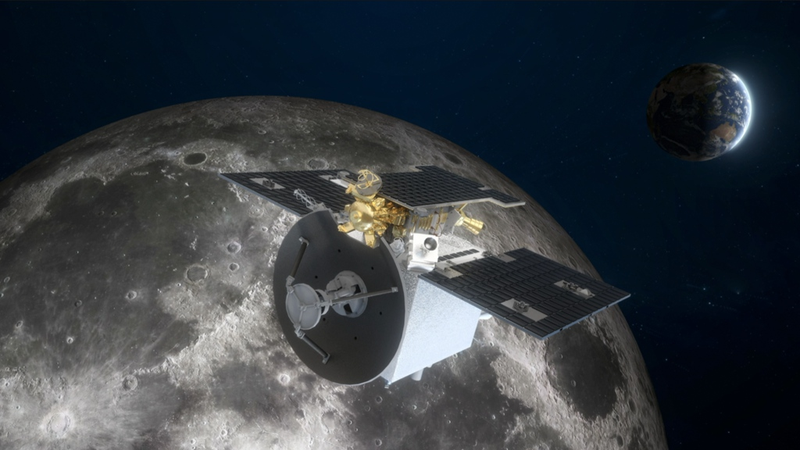The Chinese mainland's Tiandu-1 satellite has etched its name into space exploration history by becoming the first probe to enter a 3-to-1 Earth-moon resonant orbit – a trajectory that lets it circle Earth three times for every lunar orbit. This intricate petal-like path, confirmed on May 22 following a week of orbital tests, promises lower fuel consumption and fresh opportunities for future missions.
Scientists at the Deep Space Exploration Laboratory highlight that this resonant orbit maintains stability with minimal energy, making it a game-changer for spacecraft navigation between our planet and its natural satellite. Data from the mission will feed into models for complex gravitational environments, improving guidance systems for long-duration flights.
Launched in March 2024 alongside the Queqiao-2 relay satellite, Tiandu-1 has already passed several in-orbit technology checks. Its next phase will test core components of an Earth-moon navigation and communication constellation – laying the groundwork for sustainable lunar infrastructure and deeper space ventures.
Behind the scenes, this milestone showcases the growing capabilities of the Chinese mainland's lunar program. As young engineers and entrepreneurs worldwide watch keenly, resonant orbit technology could unlock new commercial and research pathways – from low-energy cargo routes to real-time communications on the lunar surface.
With global attention on sustainable and cost-effective space travel, this breakthrough resonates beyond science labs; it fuels our collective ambition for the next frontier. For digital nomads dreaming of space tourism or tech innovators mapping out lunar startups, this orbit is more than an arc through space – it is a roadmap to tomorrow.
Reference(s):
China's Tiandu-1 satellite enters historic Earth-moon resonant orbit
cgtn.com




